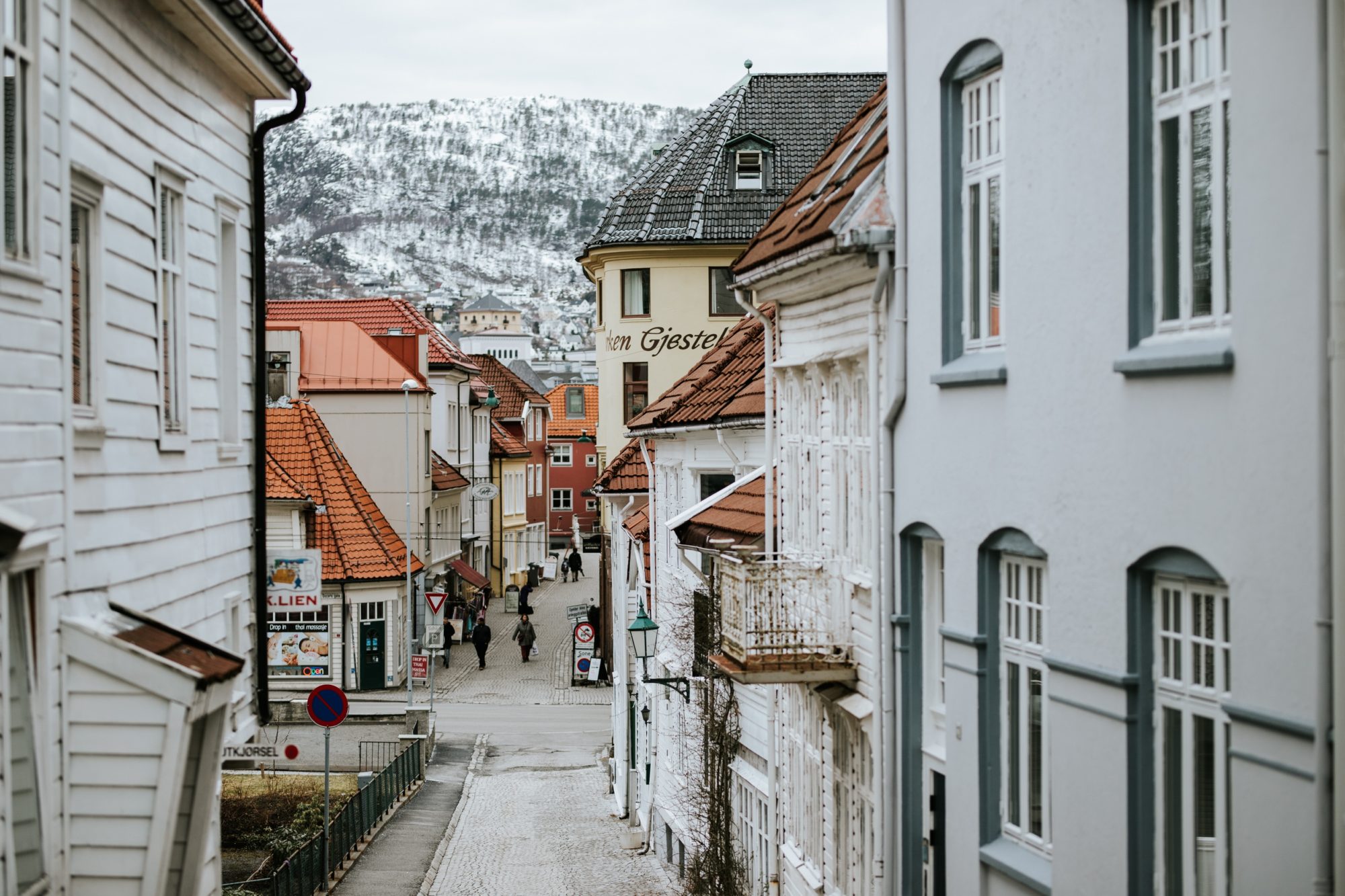As the icecaps continue to melt and international tensions continue to rise, along with sea levels, it is an indisputable fact that the Nordic region is, and will continue to be, of strategic interest to the United States. In fact, just last week, NATO launched its largest military exercise since the end of the Cold War in Norway. With 50,000 participants, the Trident Juncture is scheduled to take place from October 25th until November 7th and actively involves all Nordic countries (i.e. Iceland, Denmark, Norway, Sweden, and Finland). The exercise follows just one month after Russia’s largest-ever military exercise, seeming to suggest that, in a style comparable to their Viking ancestors, strategies of saber rattling have come to dominate the Nordics.
Long before the Trident drill, however, the Arctic established itself as an area of strategic interest for many countries. Climate change has made the region more accessible, particularly for commercial interests, ultimately giving rise to territorial disputes and challenging pre-established relationships and alliances. Tensions have been amplified by Russian submarine posturing towards NATO and its allies, and these countries are taking the threat more seriously now than in previous decades. China has also entered into the picture, building infrastructure in Greenland and conducting icebreaker expeditions in the region, paving the way for potential conflict. While these examples, including the Trident Juncture, can be classified as short of war, it is clear strategic competition and tension is continuing to grow in the region, and the Nordics are at the forefront of it all.
In a recent report, “The Opportunity Costs of Socialism,” the White House even resorted to bizarre charts detailing the cost of Ford pickup trucks in Scandinavia and mockingly tweeted “about those Nordic countries…”
Despite these growing challenges, the United States has arguably failed to offer its support to its allies in the north outside of the confines of NATO. While president Trump has said he would not mind immigrants from Norway, he objectively fails to understand the political realities of the Nordics. Rather, he often only offers criticism of their “socialist” economic systems. In a recent report, “The Opportunity Costs of Socialism,” the White House even resorted to bizarre charts detailing the cost of Ford pickup trucks in Scandinavia and mockingly tweeted “about those Nordic countries…” While the Nordic leaders are accustomed to not taking Trump too seriously, having “trolled” him in the past, they did respond with some criticism, suggesting a potential rift in what was a previously strong relationship. Within NATO, Trump’s calls to increase burden sharing directly negatively impacts Denmark and Norway, despite the countries strategic defense investments and continued counter ISIL campaigns. This is an extremely dangerous precedent to set, particularly as the region grows increasingly more complicated.
While there are the obvious strategic advantages in the region, such as port access and shared borders with Russia, there is also more than meets the eye. Each country in the region has something to offer beyond its use as a canal. Greenland, of the Kingdom of Denmark, is home to US missile warning systems, as well as space surveillance and space control systems, which will continue to be of importance as missile defense and space force arguments develop. From a diplomatic lens, Iceland has been and continues to be, the host nation for pivotal arms control negotiations and agreements. Norway’s Special Operations Forces provides invaluable support in Syria, as well as insight to our own operations (despite its relatively small size). And partnerships with Sweden and Finland continue to offer security to the Baltic Sea region. More broadly, the region is home to renowned peace institutes engaged in pivotal work in peacebuilding, human rights, and environmental policy.
To put it simply, despite their comparatively small size and socialist economies, Nordic countries have a lot of offer to the United States. As conflict continues to develop, blossoming from the glaciers in the north, misinformation and misunderstandings about Nordic countries becomes exponentially more dangerous. The United States must move past its perceived, and largely partisan, differences with the region in order to build strong relationships once again. Being small is not synonymous with being weak, and being socialist is not synonymous with being an enemy.
Improving relations instead of creating unnecessary tension is a sustainable solution to US-Nordic relations. A reoccurring theme – one this administration has largely been blind to — is that partnership trumps pettiness. It is time to open our eyes to “those” Nordics.





















